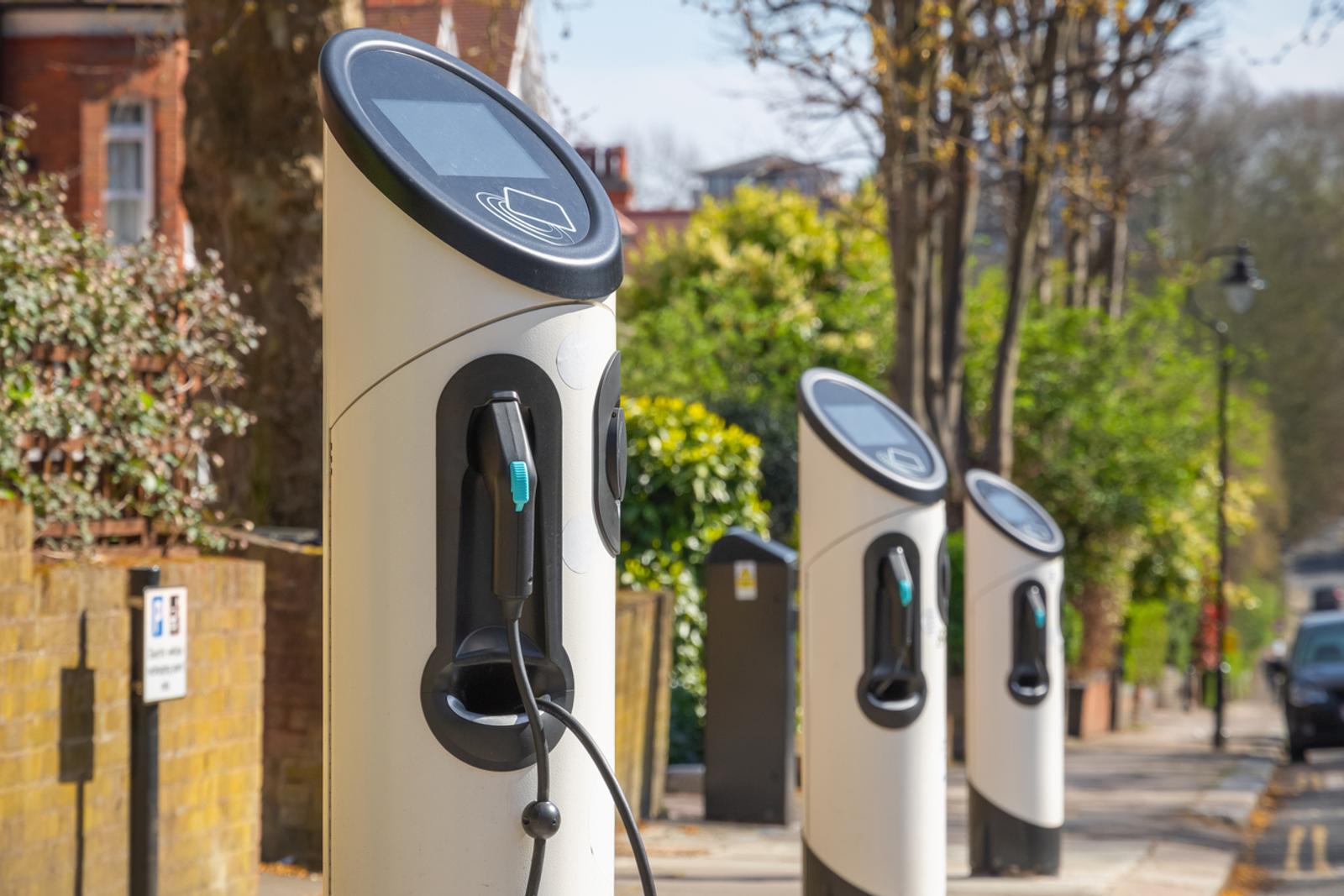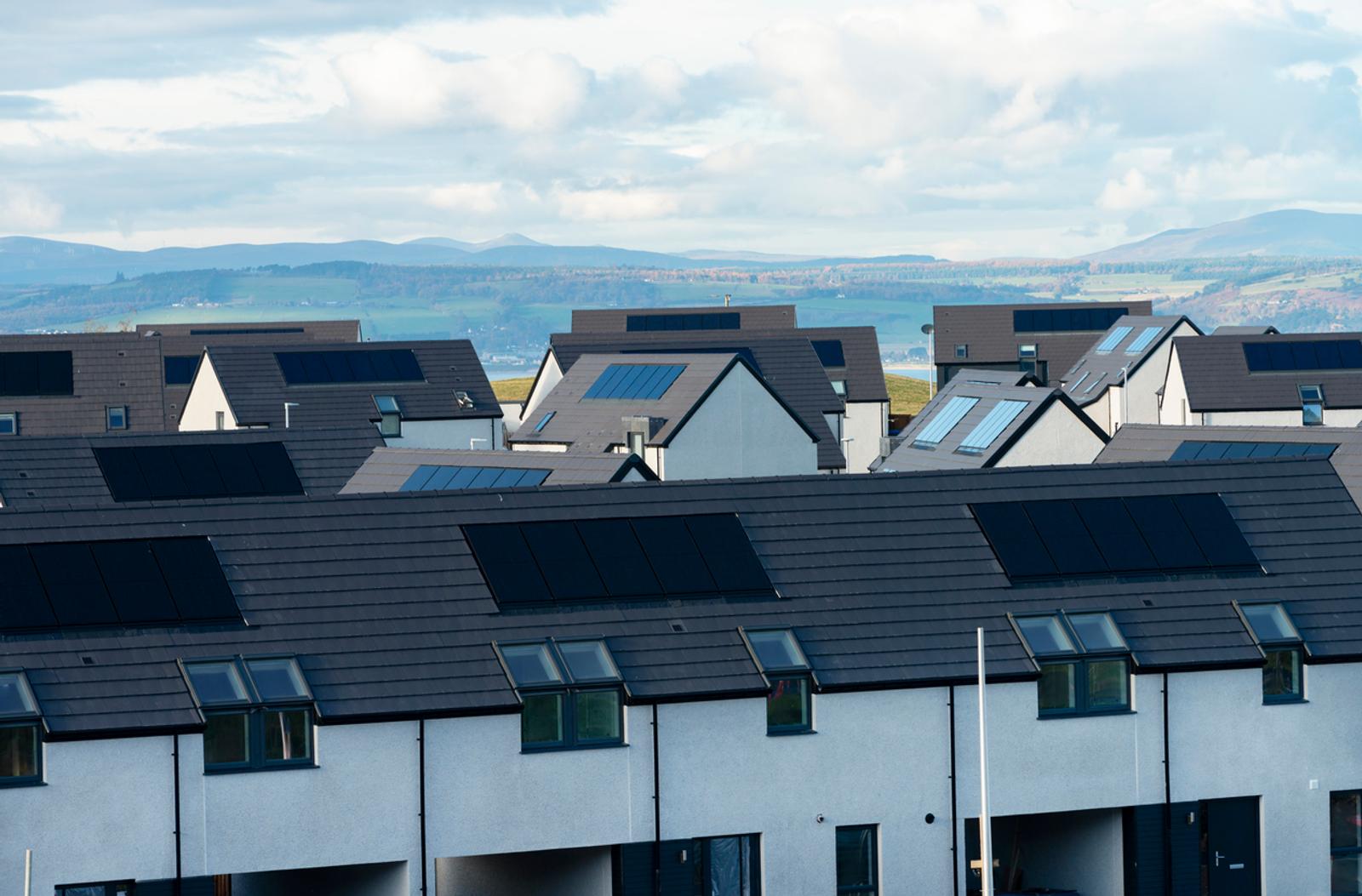UK Cellular IoT connectivity in energy

Rising energy demand requires efficient grid management. Cellular IoT integrates energy sources like wind and solar, vital for the UK's decarbonization goals.
We’re standing at the forefront of an energy revolution, and the UK is uniquely positioned to harness the potential of Cellular IoT to meet rising energy demands. With technologies like advanced metering, remote monitoring, and renewable energy management, Cellular IoT seamlessly integrates data and connectivity to tackle energy challenges. Let’s explore how the UK can leverage these innovations to power its future across key sectors—EV charging, advanced metering, renewable energy, and artificial intelligence.
EV charging in the UK
By 2030, it's estimated that one in six UK households will own an electric vehicle (EV) as part of the country’s ambitious goal to achieve net zero by 2050. Charge point operators are focusing on building customer trust by ensuring accurate, real-time data on charging station availability. Cellular IoT enables reliable network connectivity, supporting EV apps that help drivers find nearby stations, monitor charging progress, and make seamless payments.
The success of the UK’s EV strategy hinges on better coverage and redundancy, particularly in rural areas. Cellular IoT eliminates operational blind spots for charge point operators. The government’s £950 million Rapid Charging Fund is a testament to its commitment to establishing expansive, connected charging infrastructure nationwide.

Advanced Metering Infrastructure (AMI) 2.0 in the UK
The UK’s initial rollout of “smart meters” under AMI 1.0 transformed the energy market for millions of consumers by enabling digital meter reading and streamlined billing processes. However, as the country transitions to AMI 2.0, Cellular IoT is critical to building a smarter grid infrastructure that truly drives efficiency and optimization.
With 54% of UK households equipped with smart meters, the focus now shifts toward using real-time data analytics to manage energy on both the supplier and consumer ends. Cellular-enabled 5G connectivity allows utilities to monitor grid stress, detect anomalies like electricity theft, and reduce wastage by influencing energy consumption patterns at the “grid edge.”
As AMI 2.0 takes hold, it could help the UK better address energy imbalances while preparing the system to accommodate renewable power surges from wind and solar farms.
Wind turbines in the UK’s renewable future
Wind power is pivotal to the UK achieving its renewable energy goals. Cellular IoT helps operators monitor wind turbine health in real-time, remotely troubleshoot faults, and predict maintenance needs. The North Sea is already home to the world’s largest offshore wind farm – Dogger Bank. Wind generated nearly 83 terawatt-hours (TWh) of electricity across Great Britain (England, Wales and Scotland), up from nearly 79TWh in 2023.
Monitoring solutions like Ping Monitor, paired with Cellular IoT, ensure that maintenance teams can evaluate turbines quickly, even in remote offshore locations, minimizing downtime. These tools also capture granular data on wind patterns, allowing for improved energy output predictions.
Acceleration of solar energy deployments
The UK is rapidly scaling solar energy generation, with industry partners working together to deliver 60GW of UK solar by 2030. However, much of this capacity isn't fully optimized. Cellular IoT solves this by enabling solar panel operators to remotely measure energy production, adjust panel angles, and predict efficiency based on weather forecasts.
In urban solar projects, Cellular IoT allows households and businesses to feed excess energy back into the grid, creating a more balanced and dynamic energy infrastructure. For example, with distributed solar networks supported by IoT, neighborhood microgrids could become more viable, ensuring local energy security in dense cityscapes.

AI meets IoT in UK energy management
AI and Cellular IoT form a powerful duo in energy distribution and forecasting. By analyzing large datasets from connected grids, AI can optimize power delivery and predict consumption spikes more effectively. Electricity demand from UK data centers will jump sixfold over the next 10 years to meet the demands of AI in the UK, making efficient grid management essential.
Cellular IoT facilitates the real-time transmission of data from sensors, providing the datasets needed to "train" AI systems for grid optimization. Furthermore, as data center demand rises, Cellular IoT enables predictive maintenance of servers and cooling systems, reducing energy wastage and preventing downtimes in an increasingly power-hungry industry.
By integrating AI and Cellular IoT in energy management, the UK is well-poised to balance its sustainability goals with a growing digital economy.
Cellular IoT delivers the connectivity for a more sustainable future
The synergy between Cellular IoT and energy systems is set to reshape how the UK meets its energy challenges. From optimizing EV charging networks to leveraging real-time wind and solar energy data, Cellular IoT empowers consumers, businesses, and operators alike. As the country charts its path toward a sustainable future, we’ll see Cellular IoT solutions become an increasingly vital framework for smarter energy use.